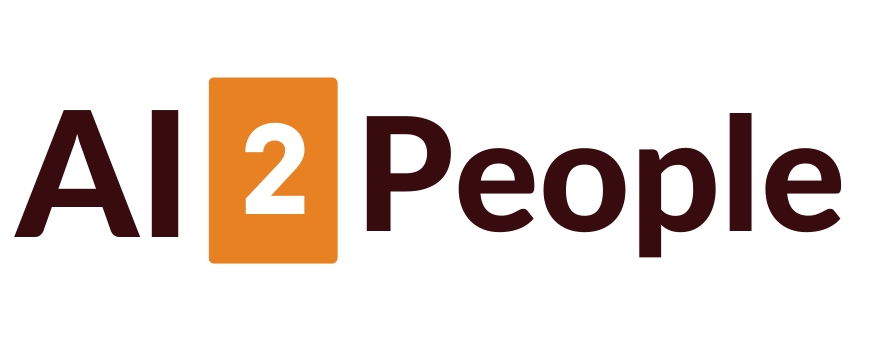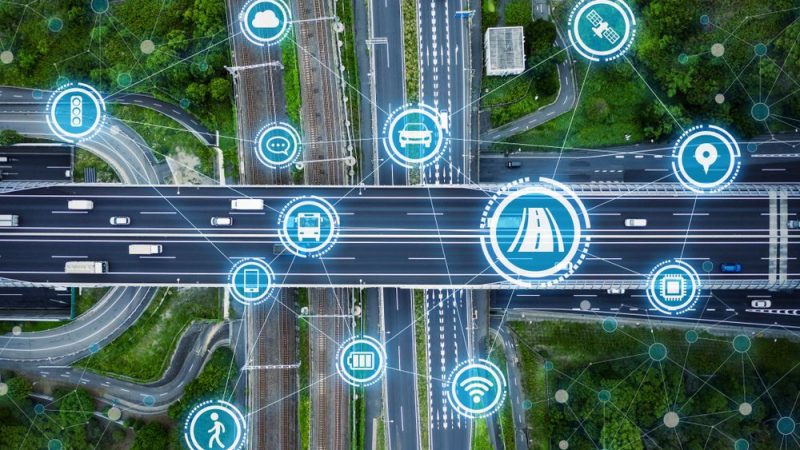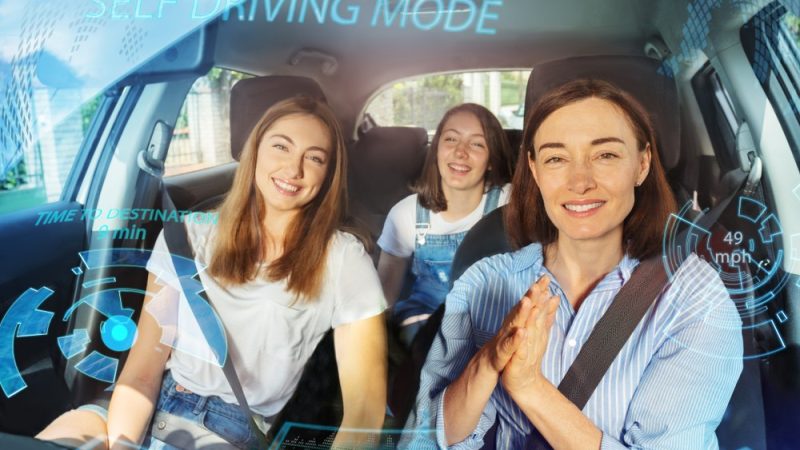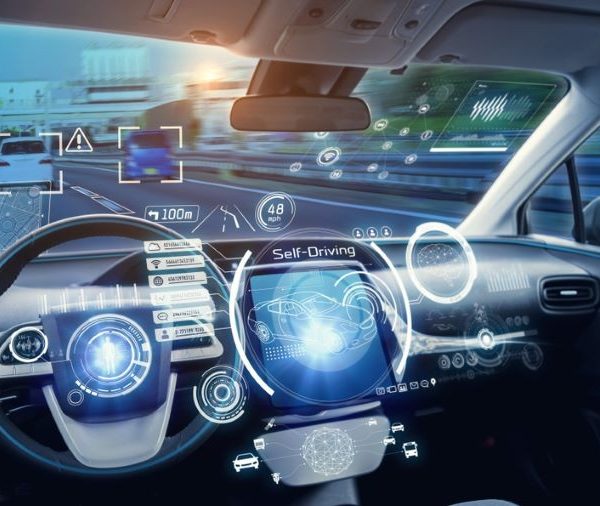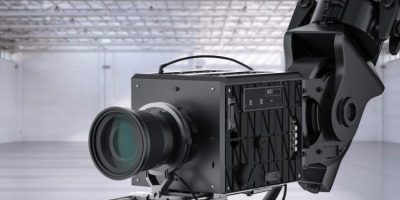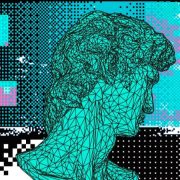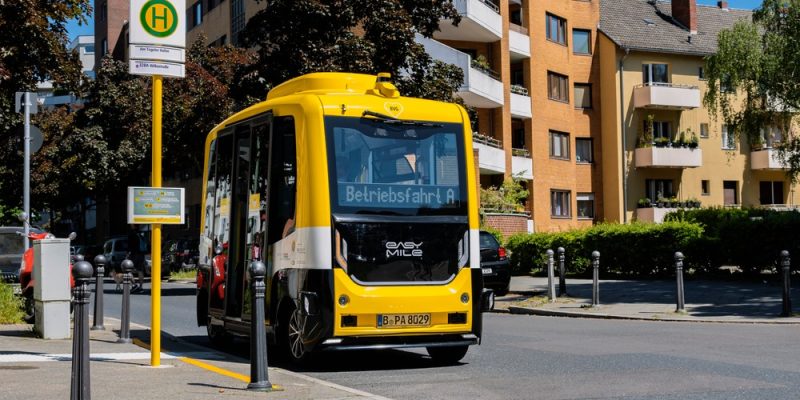
How Can AI Transform Bus Transportation
As cities continue to grow and traffic becomes more congested, efficient and sustainable public transportation has become increasingly important. Bus transportation, in particular, is a vital component of urban mobility, offering a flexible and cost-effective mode of transportation for millions of people worldwide. The integration of Artificial Intelligence (AI) in transportation has the potential to revolutionize the industry, improving the passenger experience and increasing the efficiency and sustainability of the system. In this article, we will explore how AI is being used to enhance different aspects of bus transportation.
What is Bus Transportation?
Bus transportation is a mode of public transportation that uses buses to transport passengers to different destinations. Buses operate on predetermined routes, making scheduled stops at designated bus stops or terminals. Buses can carry a large number of passengers, and they are often preferred for their affordability and flexibility.
AI and a Better Ticketing Experience
Purchasing tickets and boarding buses can be a time-consuming and frustrating experience, particularly during rush hour or peak times. Artificial intelligence can help to simplify the ticketing process, allowing passengers to purchase tickets quickly and efficiently. Many transit authorities are implementing mobile ticketing systems that use AI to validate tickets and monitor passenger flows, allowing passengers to board quickly and easily. These systems also provide valuable data that can be used to optimize bus routes and schedules.
AI and Better Route Planning
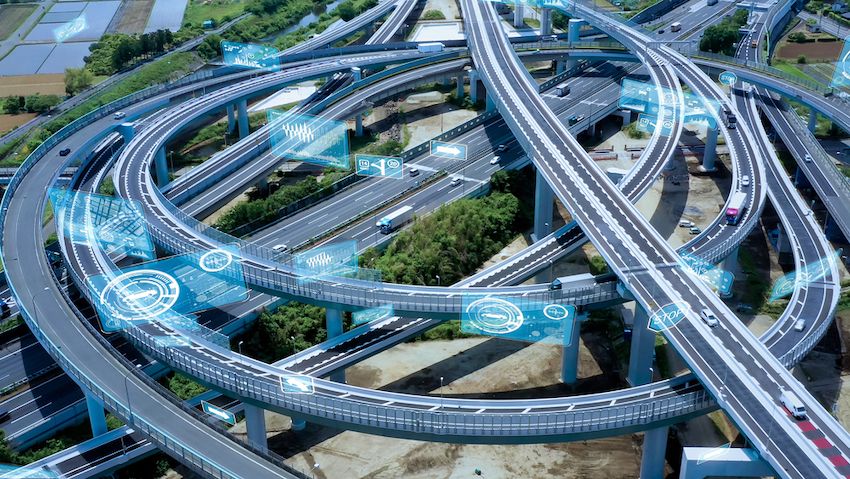
AI can be used to optimize bus routes, reducing travel times and improving the overall efficiency of the system. By analyzing data on passenger demand, traffic patterns, and road conditions, AI can generate optimized routes that minimize travel time and reduce congestion. This not only benefits passengers but also helps to reduce carbon emissions and improve the sustainability of the transportation system.
Better Connections
One of the biggest challenges facing public transportation systems is providing seamless connections between different modes of transportation. AI can help to facilitate better connections between buses, trains, and other forms of transportation by predicting arrival times and optimizing schedules. This means that passengers can make better-informed decisions about their travel plans, reducing waiting times and improving the overall passenger experience.
AI and Crowd Management
Crowd management is another area where AI can be used to enhance the passenger experience. By analyzing data on passenger flows and congestion, AI can identify areas of the system that are likely to become crowded and take proactive measures to manage the flow of passengers. For example, AI-powered systems can direct passengers to less crowded areas of the bus or recommend alternative routes to avoid congestion.
AI and Better Buses
AI can also be used to improve the design and functionality of buses, making them more comfortable, efficient, and sustainable. For example, AI can be used to optimize seating arrangements, improving passenger comfort and maximizing the number of passengers that can be carried. AI can also be used to monitor and adjust the temperature and lighting in the bus, providing a more pleasant environment for passengers.
AI and Predictive Maintenance
Artificial intelligence can be used to improve the maintenance and reliability of buses. By analyzing data on vehicle performance and maintenance history, AI can predict when maintenance is required, allowing transit authorities to schedule repairs and replacements before they become major issues. This not only reduces downtime but also helps to prolong the lifespan of the buses, reducing the need for costly replacements.
What Else to Read?
Except the public transport, AI is also impacting the car industry. Many companies like Tesla use AI to create smart cars. There are also AI algorithms that are used to improve car design.
